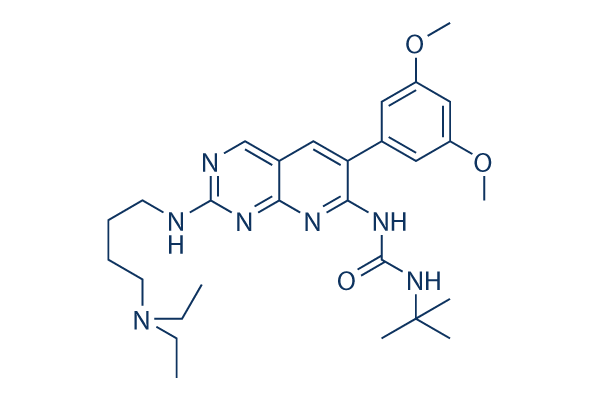re tar will get for your improvement of new medication.How GnRH receptor signaling interacts with these pathways is an emergent location of research. Latest scientific studies have sug gested that breast cancers which possess very low or zero amounts of receptors for estrogen receptor, progesterone receptor and HER2 have higher ranges of GnRH receptor expression.We analyzed GnRH receptor in 298 main breast cancer tissue samples by quantitative immunofluores cence and screened breast cell lines for functional GnRH receptor. Various properly characterized human breast cell lines known to possess unique phenotypes and dif ferent oncogenic mutations expressing elevated amounts of GnRH receptor were isolated following cDNA transfec tion.
The results of receptor activation on cell development and intracellular signaling have been studied in order to determine irrespective of whether cell phenotype influences the response to GnRH activation and seek methods to produce the use of GnRH receptor being a cancer therapeu tic target. Techniques Most reagents had been purchased from Sigma United kingdom, includ ing D Trp6GnRH I.Anti bodies for ERK one. two and selleck inhibitor phosphorylated ERK1. 2 have been purchased from Cell Signaling Technological innovation, Uk and for b actin, from Sigma, Uk. Secondary antibodies conju gated to alkaline phosphatase were from Sigma, Uk. Insulin like development component receptor I inhibitor II, EGFR. ErbB2 inhibitor and phosphatidylinositol 4,5 bisphosphate 3 kinase g inhibitor have been pur chased from Calbiochem, United kingdom. SVCT cells were purchased from ECACC, United kingdom. MCF 7, MDA MB 231, ZR 75 1, and T47D cells had been from American Sort Culture Assortment.
The GnRH receptor sta bly transfected HEK293 and prostate WPE one NB26 eight cell lines described elsewhere collectively with HEK293 cells have been utilised as controls for compari son. These transfected versions have previously been proven to demonstrate development responses to triptorelin.Tissue microarray 3 Amonafide tissue microarrays were constructed with triplicate samples from 298 key breast carcinomas as previously described.The main tissue was col lected immediately after surgical breast resection in between 1999 and 2002 with the Edinburgh Breast Unit, Western Common Hospital, Edinburgh.The research was accredited through the Lothian Study Ethics Committee.No informed consent was obtained for utilization of retrospective tissue samples through the patients within this review, the vast majority of whom have been deceased, due to the fact this was not deemed essential from the Ethics Committee, who waived the need to have for consent.
Paraffin  embedded sections were ready from the TMAs employing a microtome then mounted onto slides. NCL GnRHR Leica Microsystems antibody was utilized to detect the amount of endogenous GnRH receptor immune staining across pri mary breast tumours by quantitative immuno fluores cence.as previously described.Information have been normal ized by mean centering to cut back systematic variation in between the three TMAs.
embedded sections were ready from the TMAs employing a microtome then mounted onto slides. NCL GnRHR Leica Microsystems antibody was utilized to detect the amount of endogenous GnRH receptor immune staining across pri mary breast tumours by quantitative immuno fluores cence.as previously described.Information have been normal ized by mean centering to cut back systematic variation in between the three TMAs.
Screening Libraries
The process by which a chemical or physical signal is transmitted through a cell as a series of molecular events is called signal transduction.
